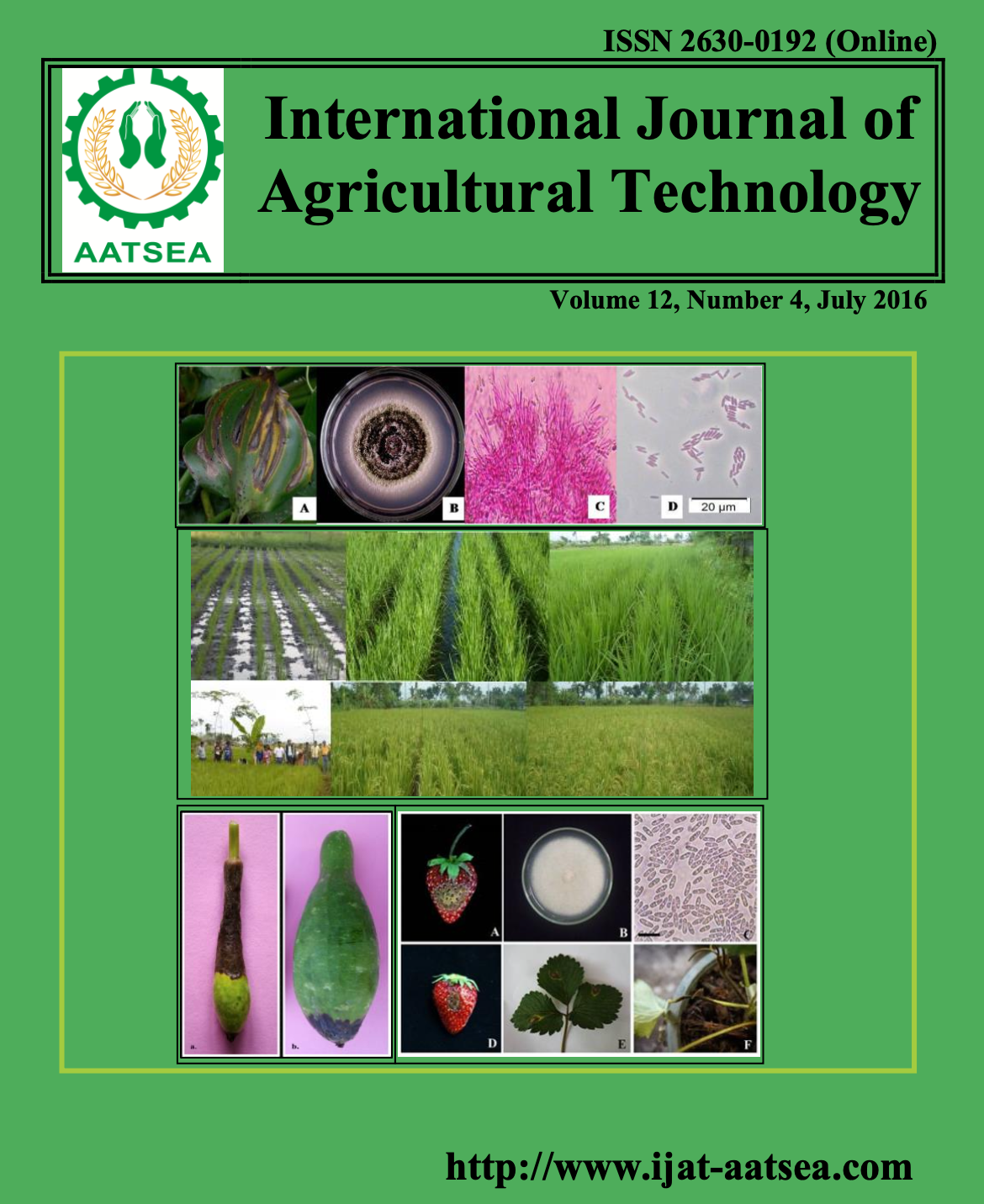Opinions about environmental study acitivities of students at the learning center on living agriculture (LCLA), Praibueng Wittayakom school, Srisaket province
Main Article Content
Abstract
Results of the study were as follows: Most of the respondents were females (60.60%) and lower secondary school student (60.60%). About one-half of the respondents (51.40%) had grade point average for less than 2.97. Most of the respondents’ parents (73.70%) were engaged in agriculture. As a whole, the respondents had a high lived of opinions about environmental study activities at the LCLA ( =3.61) in terms of 4 aspects and another one aspect was found at a moderate level. Based on its details, the respondents had a highest level of their opinions in terms of the following: 1) Activities of the center make the respondents have good attitudes toward environmental maintenance in the school ( =4.36), 2) The center has appropriate atmosphere and environment contributing to the teaching and learning of environmental studies ( =4.35), 3) Activities in the center cause the occurrence of environmental skills ( =4.23), and 4) Obtained knowledge can be applied to daily life activities ( =4.23). However, “Local scholars extend knowledge about environmental of the community” was found at a low level ( =2.30). As a whole, male and female respondents had a statistically significant difference at .01 of their opinions about environmental study activities at the LCLA. The difference in educational attainment, grade point average, and parent occupation of the respondents did not have an effect on the differences in opinions of respondents which did not conform to the hypothesis as set. As a whole, male and female respondents had a statistically significant difference at .01 of their opinions about environmental study activities at the LCLA in terms of atmosphere, environmental condition, and relationships with the community. The difference in grade point average of the respondents had an affection on the difference in opinions about environment study activities at the LCLA with a statistical significance level at.al in terms knowledge about environmental studies.
Article Details

This work is licensed under a Creative Commons Attribution-NonCommercial-NoDerivatives 4.0 International License.
References
Chinatakhun, R. (2004). E-Learning on Environmental Education. Bangkok: Faculty of Industrial Education. King Mongkut’s Institute of Technology Ladkrabang.
Fien, J. and Trainer, T. (1993). Education for sustainability. Environmental Education: A pathway to sustainability. Edited by Fien, J. 1993. Geelong, Victoria: Deakin University press.
Huckle, J. (1991). Education for Sustainability: Assessing Pathway to the Future. Australian Journal of Environmental Education. 7:43-59.
Palmer, J. and Neal, P. (1994). The handbook of Environmental Education, Mackays of Chatham PLC, Chatham, Kent.
Piampongsan, P. (2005). Environmental Education: Lesson plan, learning area and activities, Emphasize student-centered on teaching and learning. Bangkok. Chulalongkorn University Publisher.
Roengprapan, C. (2000). Fundamental statistics with specimens of an analysis by minitap SPSS and SAS programs. Khonkaen: Khonkaen University.
Sriutha, P. (1998). A Study of Educational Environment Activities in Medium Sized Secondary Schools under the General Education Department in Khon Kaen Province. Unpublished thesis Master of Education. Khon Kaen: Khon KaenUniversity.
Tinnungwattana, W. (2008). The Development of Environmental Education Activities Model for School through Knowledge Management. Unpublished Doctoral Thesis in Environmental Education. Bangkok: Mahidol University.
Office of the Basic Education Commission of Thailand. (2004). The 1999 and 2002 National Educational Education Act. Retrieved from http://www.obec.go.th/.


